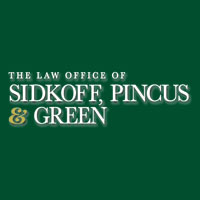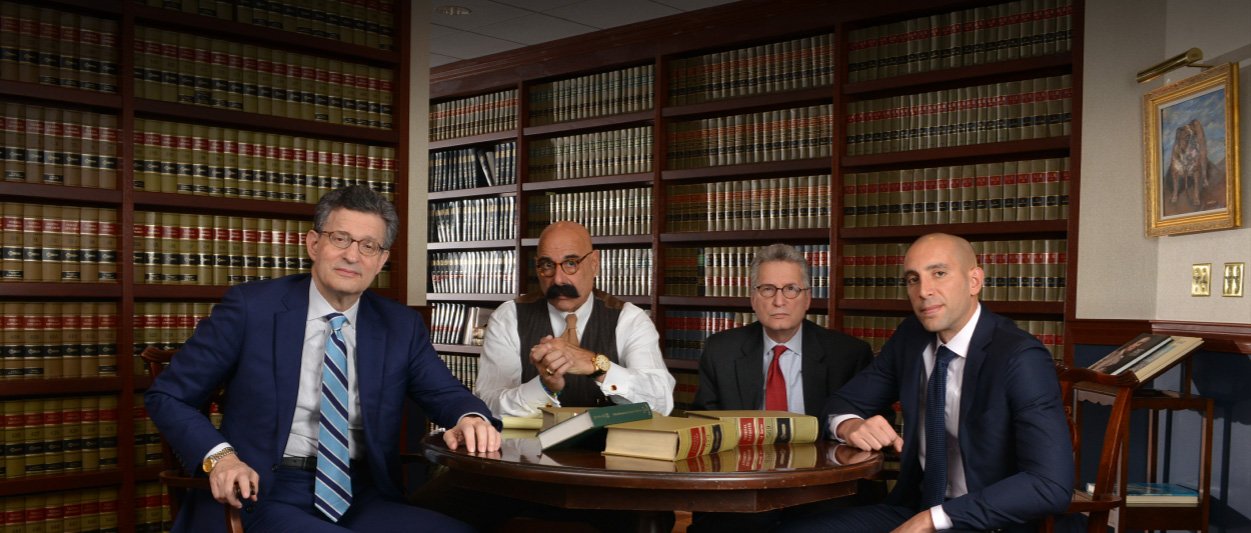Philadelphia Wage and Hour Lawyers: Staples Class Action FLSA Lawsuit

A former Staples delivery driver has filed a class action lawsuit against the giant office supply retailer on behalf of himself and all Staples delivery drivers. The plaintiff claims that the company violated the Fair Labor Standards Act (FLSA) by not paying delivery drivers for overtime incurred while drivers waited for their trucks to be loaded. According to the plaintiff, Staples delivery drivers were required to report for work at a designated time, then would have to wait for their trucks to be loaded before beginning their shifts.
A driver’s wait time while his or her truck is loaded varies from about ten minutes to one hour. Allegedly, Staples did not pay drivers for time spent waiting for the truck to be loaded, regardless of when the employees were required to report to work. The plaintiff, a Staples delivery driver from June 2006 through January 2015, claims that employers must compensate employees for the entire time that the employee is required to be present at a jobsite. The allegations assert that Staples failed to ensure that its routine delivery driver payment practices were in compliance with the FLSA. The lawsuit seeks to recover overtime wages for delivery drivers employed by Staples during the past three years.
Philadelphia wage and hour lawyers at Sidkoff, Pincus & Green provide aggressive legal representation for clients in employment lawsuits. Contact Sidkoff, Pincus & Green online or call 215-574-0600 to schedule a consultation with an overtime lawyer in Philadelphia.















